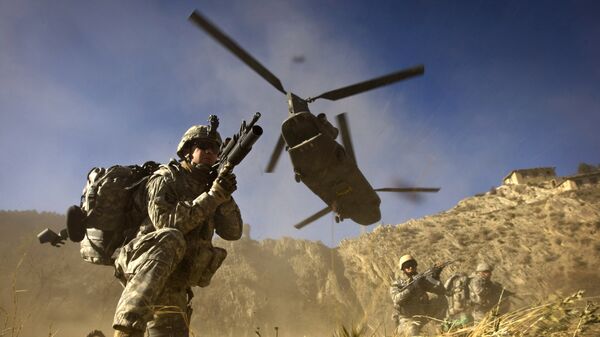The Army recently released plans to expand biometric identification for command mechanisms on hand-held wireless devices that soldiers are equipped with in the battlefield. Beginning in fiscal year 2017 the devices will have voice command technology.
At present, soldiers use handheld devices comparable to smartphones and iPads to order strikes, navigate around land-mines, and transmit vital information. These devices need constant upgrading, as the US Army cites repeated failures by soldiers in the field to login or execute commands while wearing sand-covered gloves. Soldiers also cannot safely tuck away their weapons while typing on a device keyboard.
But in spite of the need to constantly upgrade these devices, several technical challenges exist that may undermine the effort.
Battlefields are loud, with the sound of helicopters, explosions, and weapons discharging. This noise would likely compromise the effectiveness of a voice recognition system, as the device would have difficulty discerning between what is being said and what is being shot.
Another challenge is to maintain system integrity and security, what is referred to as the so-called insider risk, in the event that a person with access to the network goes rogue, or an outsider mimics the biometric identifier of the user.
These security issues are increased when different users on the same network have varied permissions or capabilities. For instance, one soldier may have the authority to order an airstrike, and another may only have authority to look at a map. The device must be able to function for both, but if the two individuals have similar voices, or ambient sonic events mask their words, the biometric screening device would likely fail.
Another challenge is in the arena of face recognition. If a soldier must access a device in darkness, efforts may be thwarted by an occluded camera or by the soldier’s face mask.
The leader of the project, Bob Fedorchak of the Army Communications-Electronics Research, Development and Engineering Center, is upbeat that, by incorporating biometric indicators, soldiers will be able to use their devices in the heat of battle and not be hamstrung with worry that network integrity is being compromised.
"Biometrics are not something that you can replace," said Fedorchark, "I can replace my ID card, but I can’t replace my fingerprints."




